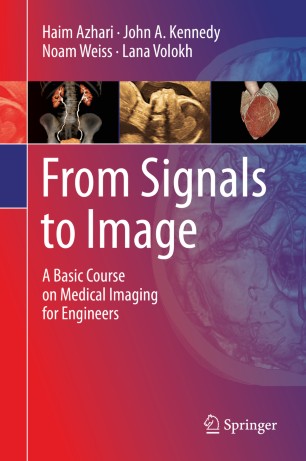

Most ebook files are in PDF format, so you can easily read them using various software such as Foxit Reader or directly on the Google Chrome browser.
Some ebook files are released by publishers in other formats such as .awz, .mobi, .epub, .fb2, etc. You may need to install specific software to read these formats on mobile/PC, such as Calibre.
Please read the tutorial at this link: https://ebookbell.com/faq
We offer FREE conversion to the popular formats you request; however, this may take some time. Therefore, right after payment, please email us, and we will try to provide the service as quickly as possible.
For some exceptional file formats or broken links (if any), please refrain from opening any disputes. Instead, email us first, and we will try to assist within a maximum of 6 hours.
EbookBell Team

4.8
54 reviewsThis textbook, intended for advanced undergraduate and graduate students, is an introduction to the physical and mathematical principles used in clinical medical imaging. The first two chapters introduce basic concepts and useful terms used in medical imaging and the tools implemented in image reconstruction, while the following chapters cover an array of topics such as: physics of x-rays and their implementation in planar and computed tomography (CT) imaging;nuclear medicine imaging and the methods of forming functional planar and single photon emission computed tomography (SPECT) images and Clinical imaging using positron emitters as radiotracers. The book also discusses the principles of MRI pulse sequencing and signal generation, gradient fields, and the methodologies implemented for image formation, form flow imaging and magnetic resonance angiography and the basic physics of acoustic waves, the different acquisition modes used in medical ultrasound, and the methodologies implemented for image formation and for flow imaging using the Doppler Effect.
By the end of the book, readers will know what is expected from a medical image, will comprehend the issues involved in producing and assessing the quality of a medical image, will be able to conceptually implement this knowledge in the development of a new imaging modality, and will be able to write basic algorithms for image reconstruction. Knowledge of calculus, linear algebra, regular and partial differential equations, and a familiarity with the Fourier transform and it applications is expected, along with fluency with computer programming. The book contains exercises, homework problems, and sample exam questions that are exemplary of the main concepts and formulae students would encounter in a clinical setting.